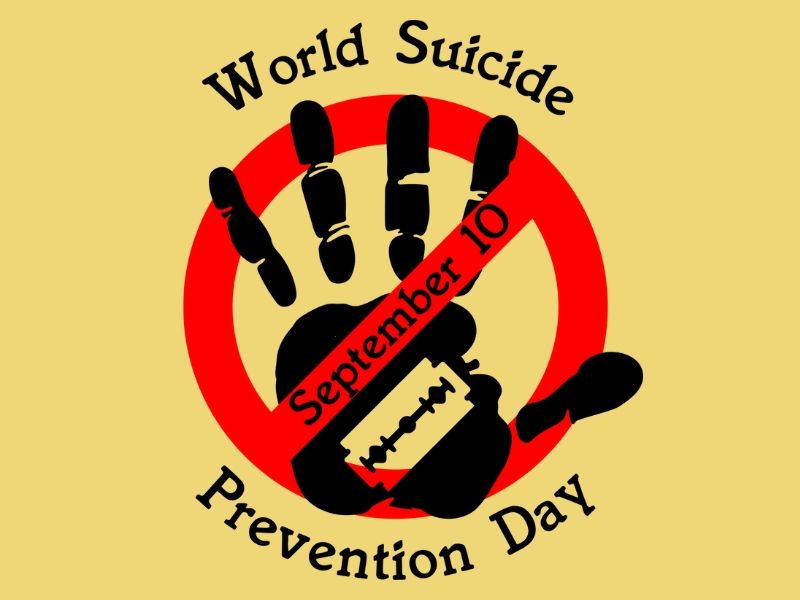Observed on September 10 every year, World Suicide Prevention Day is dedicated to the prevention of suicides worldwide. According to the International Association for Suicide Prevention (IASP), the day helps create awareness and alleviates suicidal effects, and provides a forum for academics, mental health professionals, crisis workers, volunteers and suicide survivors.
According to World Health Organisation (WHO) statistics, almost 8,00,000 people die every year by suicide. More shockingly, for each suicide, more than 20 suicide attempts are done by each victim. “Suicide occurs throughout the lifespan and was the second leading cause of death among 15-29 year old globally in 2016. Suicide does not just occur in high-income countries, but is a global phenomenon in all regions of the world. In fact, over 79 percent of global suicides occurred in low and middle income countries in 2016.”
He further states that friends and family too need to understand that the victim is vulnerable. “Relatives need to show concern and be caring enough, need to make sure that the person is not eliminated. They need to be vigilant about that person all the time and keep an eye.”
Recommended: Teen suicides act now!
Like AASRA, these organisations too have websites through which people come and contact with the volunteers and office bearers in order to have these services in the form of emotional support at the time of distress. “These essentially provides listening therapy and maintains confidentiality and anonymity while dealing with any person who is suicidal or in distress. They conduct various outreach activities in order to reach out people whereby the trained volunteers called befrienders reach out to students in schools and colleges by conducting sessions on happy student life, provide support to patients in hospitals who are terminally ill or otherwise, visit physically challenged children, elderly people by regularly visiting homes for physically challenged children as well as old age homes.” They also visit army and police personnel and conducts regular sessions in corporate offices to identify and provide immediate help.
Important things to know
It is very important to identify the behavior of the person having suicidal thoughts, says Sood. Signs and symptoms include “losing appetite and sleep, irritating behavior, changing patterns in lifestyle, aloofness, talking negative things, lack of hope, loneliness, lack of excitement, expressing feeling of failure, uselessness, anger, etc. the best way a family member, relative or friend can provide immediate help is by providing listening ears, understanding and giving unconditional support and help the person.”
Sood further adds, “We believe that tears in the eyes is not the reason for sadness but the problem is that there is no one available for wiping the tears. So if we think that someone is too tired to speak and share we would like to sit next to that person just to convey that I am also fluent in silence. I think that is the possible way of helping the person who is unable to share his or her distress and grief.”
Sharp objects, poison and chemicals should be kept from people with suicidal thoughts, says Thomas. They should not be allowed to stay in a room alone and should be surrounded by other people. If they have a room to themselves, all the latches should be kept unlatched to make the person is safe and secure, at least, till a therapist is consulted.
